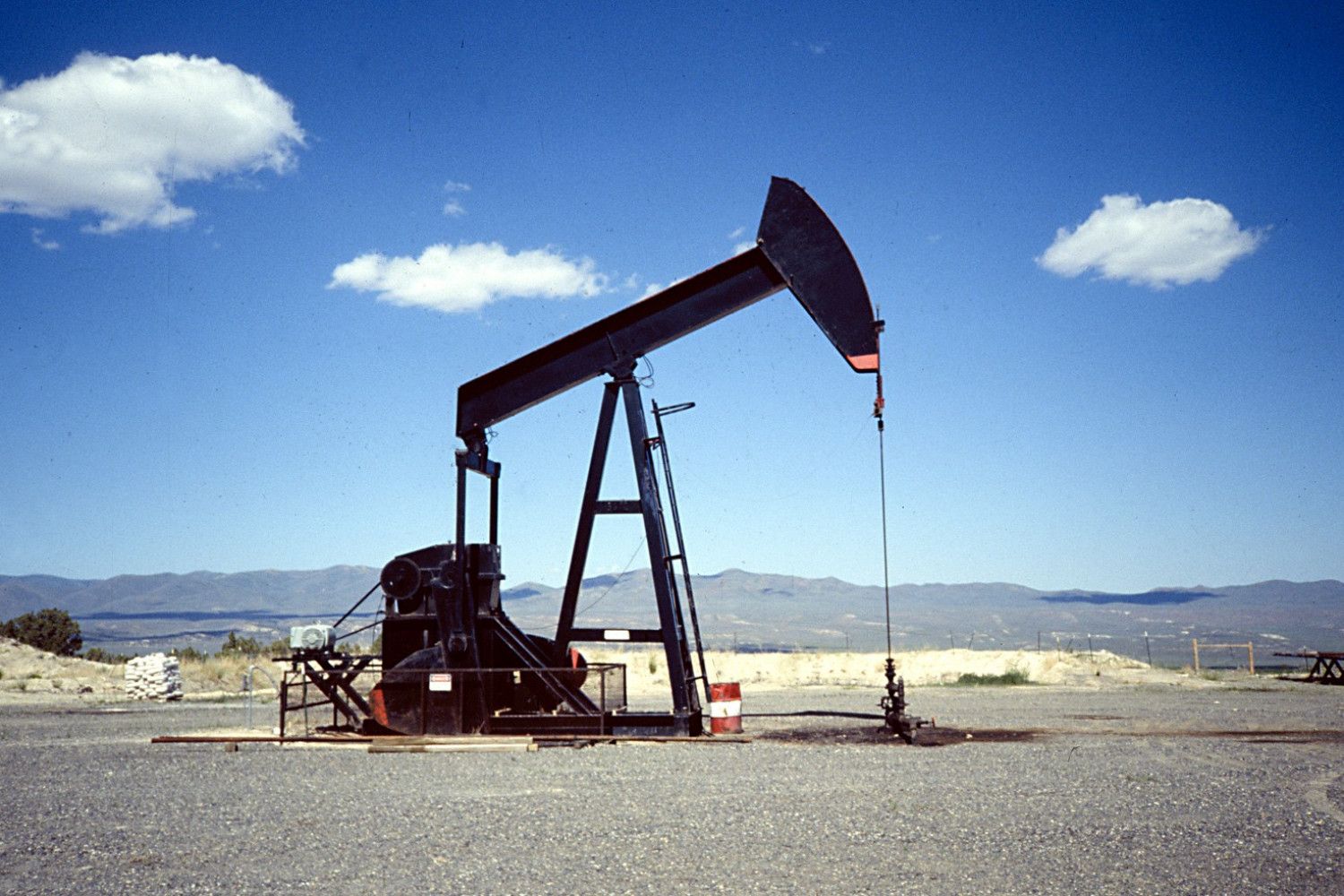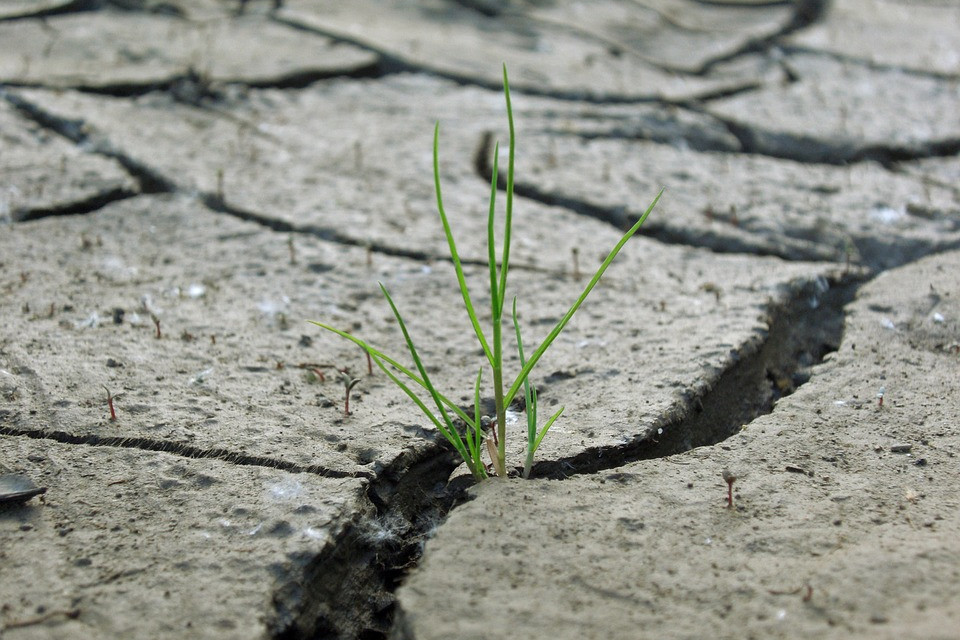
Droughts cause more victims and cause more displacement of populations than cyclones, floods and earthquakes put together. These less spectacular, natural disasters result in less media coverage.
Since the 70s of the last century, areas affected by drought have doubled and mostly women, children and elderly people are those who pay the consequences.
Currently, 168 countries are considered affected by desertification, a soil deterioration process in arid regions that negatively affects food production and is being aggravated by drought.
According to the climatologists' definition, drought is when no precipitation occurs in an area over a long period of time. In this regard, drought is not interpreted in the same way depending on the country and its climate. For example, in France, we talk of "absolute drought" when no rain is recorded on least fifteen consecutive days. In the US, if an area receives only 30% or less precipitation than normal for at least 21 days, it is called a drought. In Australia, if the soil registers less than 10% of rainfall compared to the annual average, drought is declared. In India, for there to be drought, it is necessary that the annual rainfall is less than 75% of normal at each station.
Drought should not be confused with aridity. An arid region can go through periods of drought. The lack of rain is in this case a permanent feature of the climate of an arid zone. These are generally areas where rain is rare and temperatures are high. Drought is thus an occasional phenomenon in the area.
There are many types of droughts. A meteorological drought is the result of a prolonged deficit of precipitation. Agricultural drought is characterized by a water deficit in soils with a maximum depth of two meters, and that has an impact on growing vegetation. This type of drought depends on rainfall in the area together with evaporation and plant transpiration. This drought is quite sensitive to the climate of the environment: its humidity, rainfall, environment, wind and soil temperature and plant coverage. Hydrological drought occurs when water courses (groundwater, lakes or rivers) have an abnormally low level. In this sense, not only is rainfall is a key factor, but also the type of soil is. Filtration and water flow depends on its permeability.







